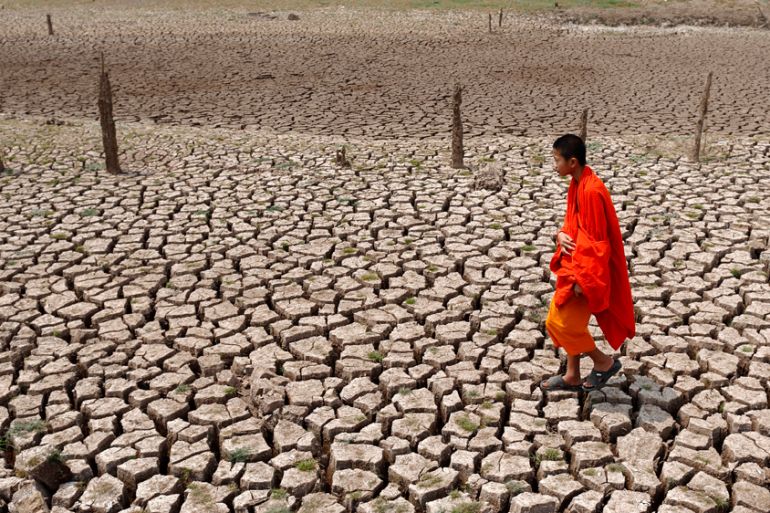Is La Nina set to follow El Nino?
Night follows day, summer follows spring: but does La Nina always follow El Nino?

The present El Nino is one of the strongest ever recorded. Although it is now very much weaker than it was at its peak late last year, it is still having a direct effect on the tropical Pacific basin.
In November 2015, in the benchmark Nino 3.4 region of the central Pacific, sea surface temperatures reached 3.1C above average. About the time of the spring equinox on March 20 this year, that value had dropped to 1.7C. This then begs the question: ‘What’s next?’
Keep reading
list of 4 itemsAfter the Hurricane
World’s coral reefs face global bleaching crisis
Why is Germany maintaining economic ties with China?
The current El Nino should not now be dismissed, of course. Its influence has spread around the globe. It is still producing flooding over parts of central South America and droughts in Southern Africa. But if a La Nina develops, global weather patterns could again be thrown into chaos.
According to the National Oceanic and Aviation Administration’s climate prediction centre, a return to “neutral” conditions will occur during the Northern Hemisphere spring to summer period.
Thereafter, there is certainly a chance that a La Nina – that is associated with cooler temperatures and rainy weather – could take hold. In fact, La Nina events have followed 11 of the last 15 El Ninos.
In a strong La Nina the direct effects consist of a strengthening easterly trade wind across the central Pacific and a cooling of the surface waters in the eastern and central Pacific basin.
Assuming that a La Nina does develop, then during the December to February period, we could typically expect to see wet weather developing across much of tropical Australia and southeast Asia. Cool, wet weather is also likely to develop over eastern parts of Southern Africa, the Pacific Northwest of North America. Wetter than normal conditions would be expected across northeastern South America.
The Caribbean hurricane season, in the following June to November season, could be significantly more lively as a result of a weakening of trade winds and a decrease in wind shear – the change of wind speed and direction with height.
It has been noted that, in some strong El Ninos, including 1991-92, those conditions, although weaker, persisted for up to two years. Other longer-term repeating atmospheric waves and oscillations may either help or hinder a La Nina.
The coming months will be of great interest to climatologists and those of us likely to be affected by any La Nina development.